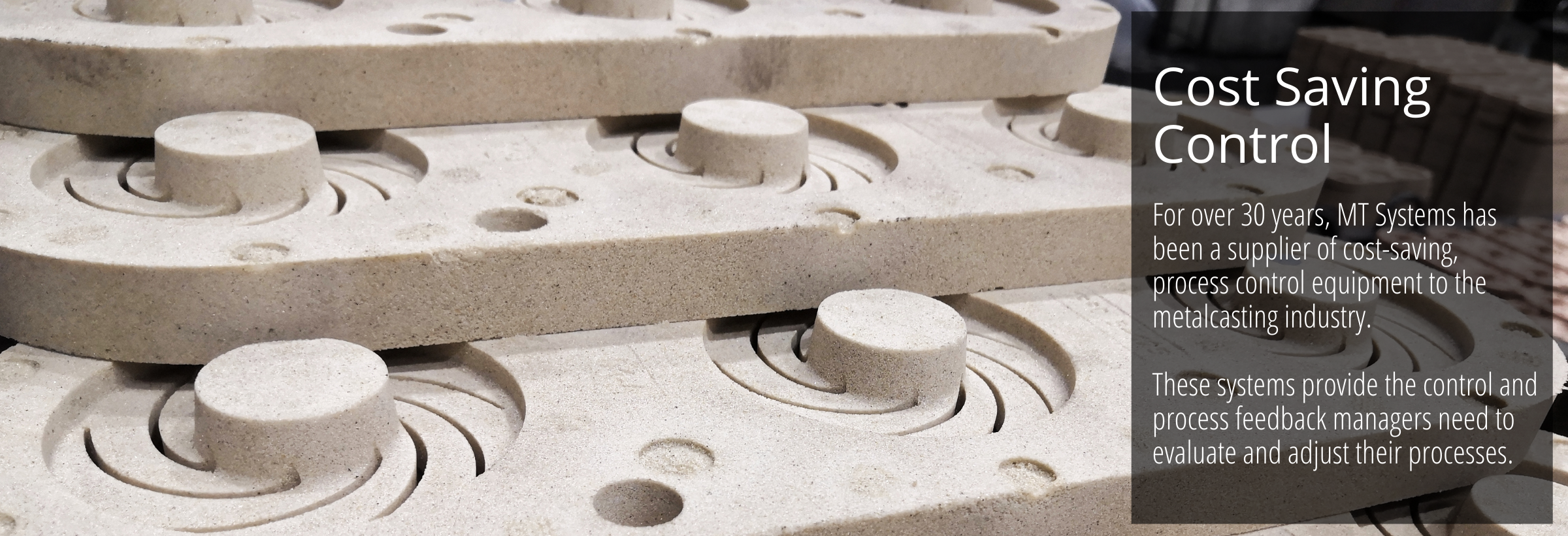High Production Automotive Foundry| Midwest United States
Download PDF of This Case Study
Introduction:
Many foundries use the Epoxy Acrylic Cold Box chemical system to produce cores. This process uses SO2 as the catalyst to cure the core. The typical facility using the Epoxy Acrylic Cold Box is a high production automotive supplier. There have been two major advancements in SO2 curing over the last several years. The first is to blend the SO2 with N2 to reduce core residual and environment PPM's. The second is to super heat the blended gas which reduces gassing times and increases core tensiles.
General Foundry Information:
Product Line:
- Diesel Blocks
- Diesel Heads
- Gas Blocks
- Exhaust Manifolds
- Intake Manifolds
- Transmission Gears
- Connecting Rods
- Steering Housings
- Pistons
Casting Metal Type:
- Grey Iron
- Malleable Iron
- Aluminum
Melting Facility:
Core Processes:
Molding Processes:
Project Objectives:
- Improve Process Repeatability
- Reduce Environmental Problems
- Improve Machine Productivity
- Simplify Handling of SO2
Original Problems:
- Inaccurate/Inconsistent Vaporizing of SO2 Liquid
- Higher than desired PPM Employee Exposure Levels
- High Residual SO2 being released from cores
Hardware Configuration:
Installation typically includes a SO2 vaporizer, blender, super heater and analyzer system to provide blended SO2/ N2 to the central gassing header. Optionally, each core machine station can be equipped with a gassing tank to enable each machine to operate at a differentgassing pressure.
- Vaporizing System - provides a supply of vaporized SO2 to the system and allows for the complete emptying of the liquid cylinder for uninterrupted operation during cylinder changes.
- Blending System - gives the flexibility of changing the ratio of SO2/ N2 gas used during the gassing cycle. This mixture of SO2 and N2 results in lower residual PPM's.
- Super Heater - provides the ability to elevate the blended gas up to over 200F. This hotter temperature speeds the curing process and creates a higher core tensile.
- On-line analysis - of gas ratios provides continuous monitoring and recording of process changes
- Surge Tanks - individual core machine gas surge tanks allow for changes in gassing pressure requirements to accommodate for different requirements in jobs or tooling needs. Online diagnostics provides guides in the event of alarm situations. There are also built in provisions for operator and system safety.
Core Information from Customer Foundry:
- Number of SO2/N2 Blending Systems -1
- Number of Core Machines -7
- Approximate blow capacity ranges - 1 lb. to 60 lbs.
- Average Machine Cycle - N/A
- Gassing Times - 1.0
- Purge Time - 15-18 sec.
- Gassing Pressure - 15 to 18 PSI
- Purge Pressure - 25 PSI
- Avg. SO2 usage - 16 Lbs/Ton of Mixed Sand
Results and Benefits from Customer Foundry:
- Reduction in SO2 core residuals by 100% to 55%
- Reduced core scrap by 0.5% (scrap is based on inventory vs. actual production cycles)
- Increased productivity by reducing purge times over 53% -
- Before = 15-18 sec. compared to after = 7-8 sec.
- Lower environmental PPM exposure levels produced fewer SO2 alarms per day (Before = 50-150 PPM and after = 1-5 PPM)
- Lower residual SO2 released from new cores 70% reduction
- Higher transverse strength in a selected test core of 35.5% (Before = 15.5 PSI and after = 21 PSI)
- Constant control of gassing PSI with the ability to change gassing PSI from operator interface for any given machine setup requirement or conditions
- Better gas flowability through cores
- Built in reliable safety features meet AMSE requirements
- State of the art process control
- Reduced resin wipe off on core box resulting from better curing
- Highly improved ease of isolating the system for repairs and maintenance
System Justification:
- Improved environmental exposure levels
- Lower purge cycle times for increased machine productivity
- Better competitive position in the market place
- Lower air compressor energy usage resulting from lower purge air times


